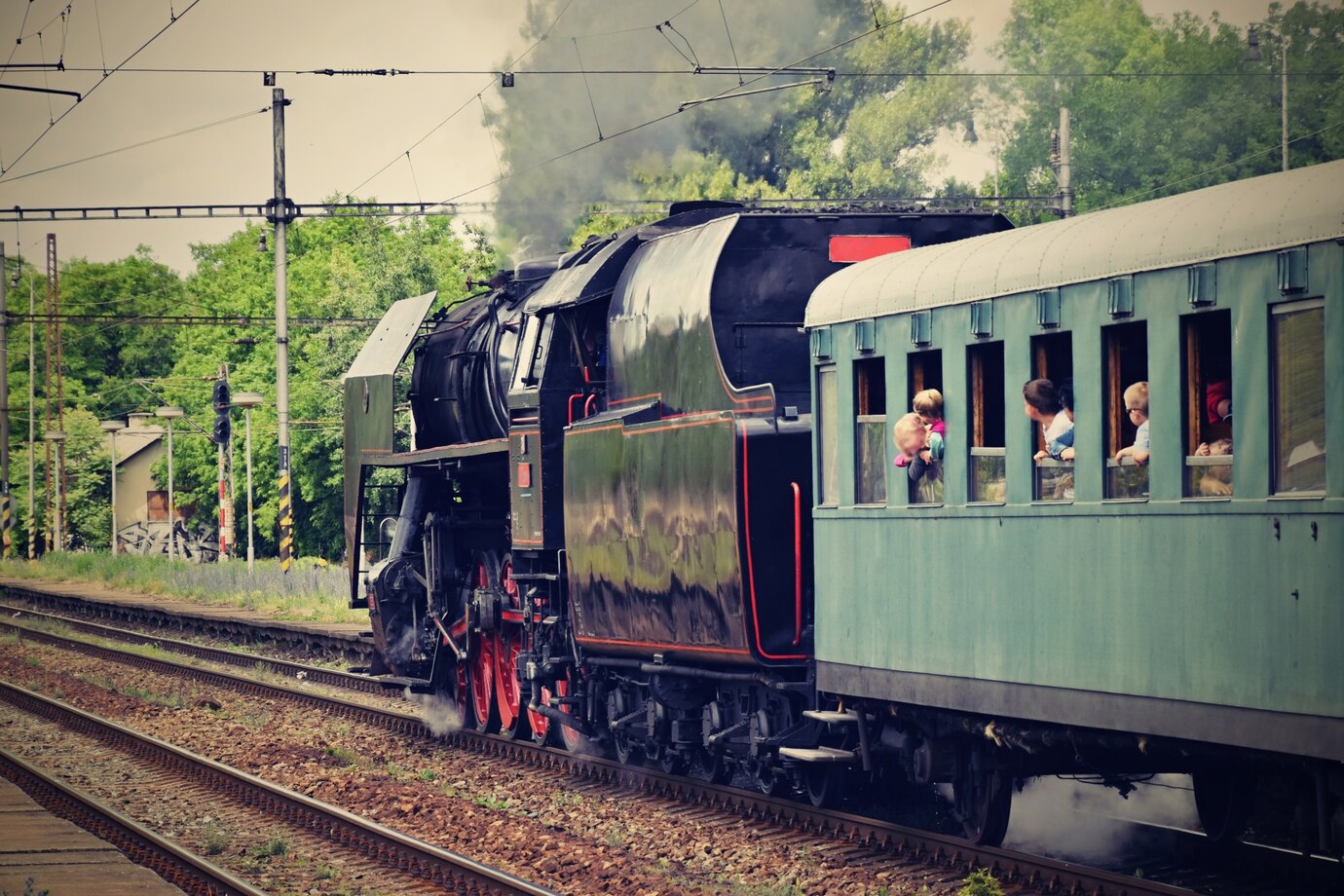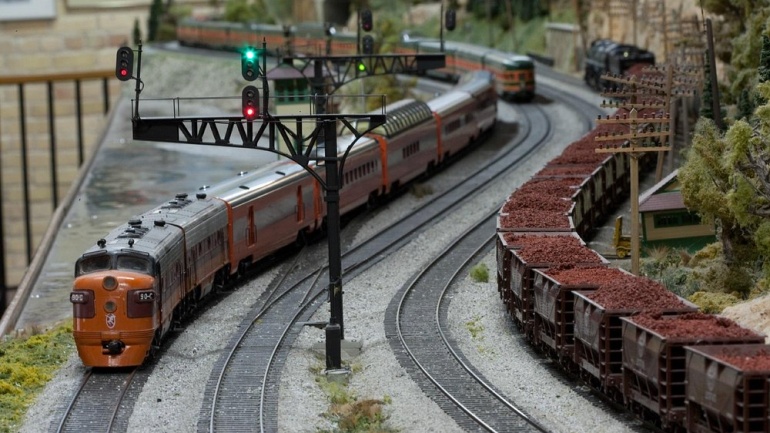Model trains are a powerful tool for learning, storytelling, and hands-on exploration. All over Minnesota and beyond, educational model train displays are sparking curiosity in students, inspiring creative minds, and turning history into something you can see, touch, and hear.
In this blog, we will explore why educational model train displays matter, what they teach, and where you can find some of the most exciting examples, especially if you are looking to combine fun and education in one unforgettable visit.
What Are Educational Model Train Displays?
An educational model train display is a detailed, interactive environment that brings together history, geography, engineering, and the arts. These displays are often found in museums, classrooms, and even community events, which are designed to teach children and adults alike about topics such as:
- Local and national railroad history
- The development of towns and industries
- Engineering principles like circuitry, energy, and mechanics
- Scale, proportion, and spatial thinking
- Problem-solving and teamwork
- Creative storytelling and landscape design
Whether you are a teacher looking for an engaging field trip or a parent wanting to mix fun with learning, these train displays bring academic subjects to life in exciting ways.
Why Educational Model Train Displays Work So Well
1. They Combine Multiple Disciplines
Kids and adults can learn about science, technology, engineering, art, and math (STEAM) all together. From laying track to programming digital controllers, the displays make these subjects hands-on and relatable.
2. They Appeal to All Ages
Model train displays are naturally engaging kids and adults both. Young children enjoy pressing buttons and spotting tiny details. Older kids and adults dive into the mechanics and design behind the scenes.
3. They Invite Interaction
Museums with educational displays feature interactive components, like controlling train switches, starting engines with a button, or watching video demos. These activities make learning active, not passive.
What You Can Learn From Model Train Displays
Let’s take a closer look at the kinds of learning experiences visitors walk away with.
Railroad History
Educational train displays are known to depict real rail lines from the past, with signage explaining how trains shaped towns, trade, and travel. In Minnesota, for example, many model layouts reflect historic prairie lines, iron ore routes, and rural stations that no longer exist in real life.
Geography and Land Use
By observing how train routes were built around rivers, mountains, and farmland, visitors can better understand topography and environmental planning. Some layouts show how entire communities were built around rail access.
Engineering and Mechanics
Kids can learn how gears, motors, electricity, and track switches function. Some models even have the feature to test the effect of slopes and curves on a rail track..
Math and Scale
Educational displays rely heavily on scale, such as HO or N gauge, and this provides an opportunity to learn about measurement, proportion, and spatial awareness.
Where to Find Educational Model Train Displays in Minnesota
One of the best places to explore educational model train displays is the Minnesota Model Railroad Museum in Lyon County. This place is a must-visit for schools, homeschoolers, scout troops, and families.
At the Museum, You Will Get
- Guided tours tailored to students and groups
- Educational signage is next to each layout
- Demonstrations on how model railroads are built
- Interactive buttons for controlling train activity
- Events featuring train-building workshops and live talks
For Educators
Teachers can coordinate special learning programs that align with state curriculum goals in science, history, and technology. Some displays even integrate QR codes that lead to online resources for extended learning.
Not Just for Kids: Adult Learning Opportunities
Adults and older students can also benefit from these displays. Many museums host workshops and community events focused on:
- Wiring and control systems
- Digital command control (DCC) programming
- Historical research for model layouts
- Scenery-building techniques
- 3D printing for model parts
These sessions create a deeper appreciation for both the hobby and the heritage it preserves.
Create Your Own Educational Display at Home or School
You do not have to visit a museum to bring the learning home. Here are a few starter tips for creating a small educational model train layout:
Start Small
Use a starter train set and create a 2×4 ft board where you can build a loop and a basic landscape. Even a small setup allows room for creativity and learning.


